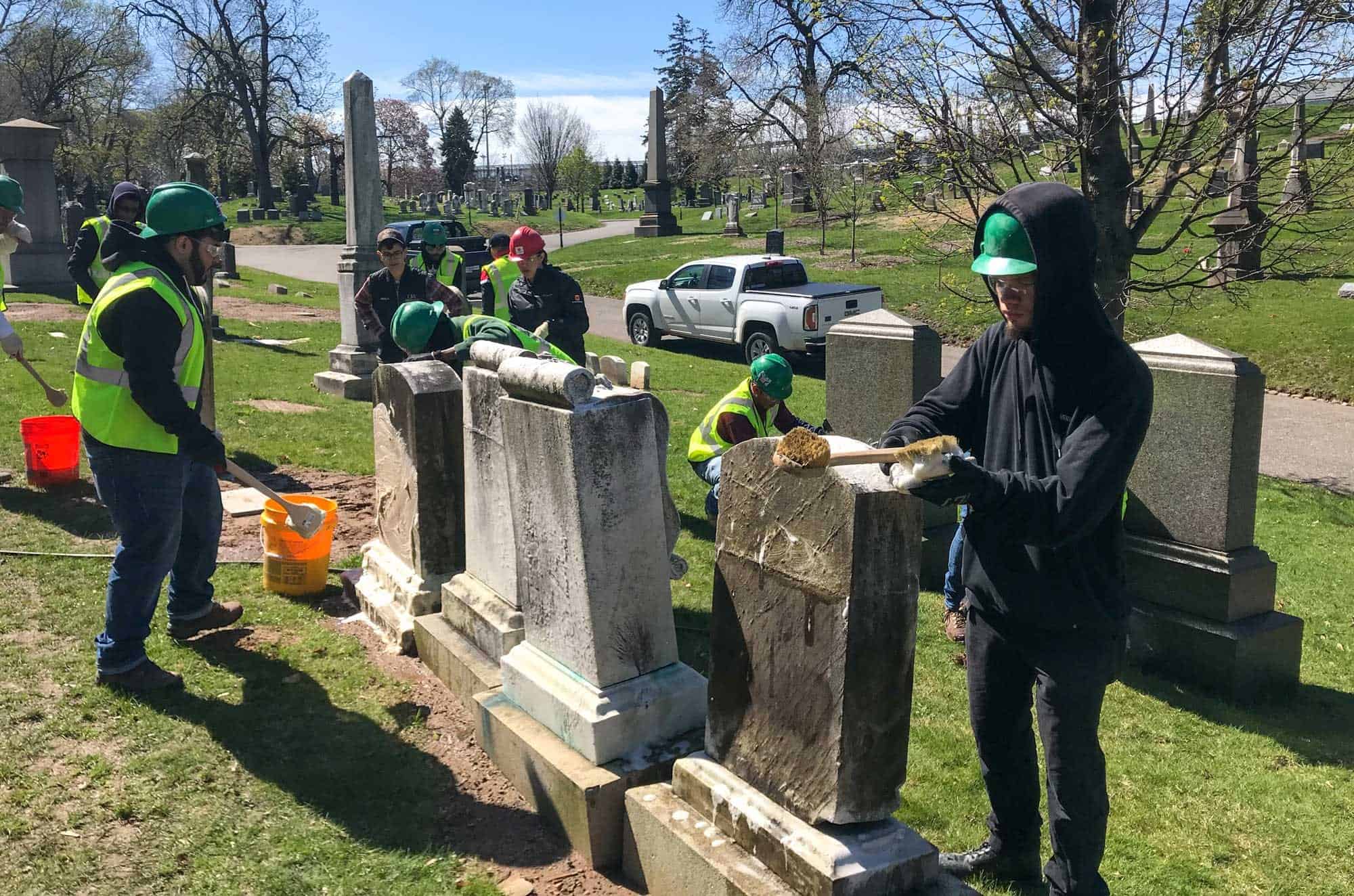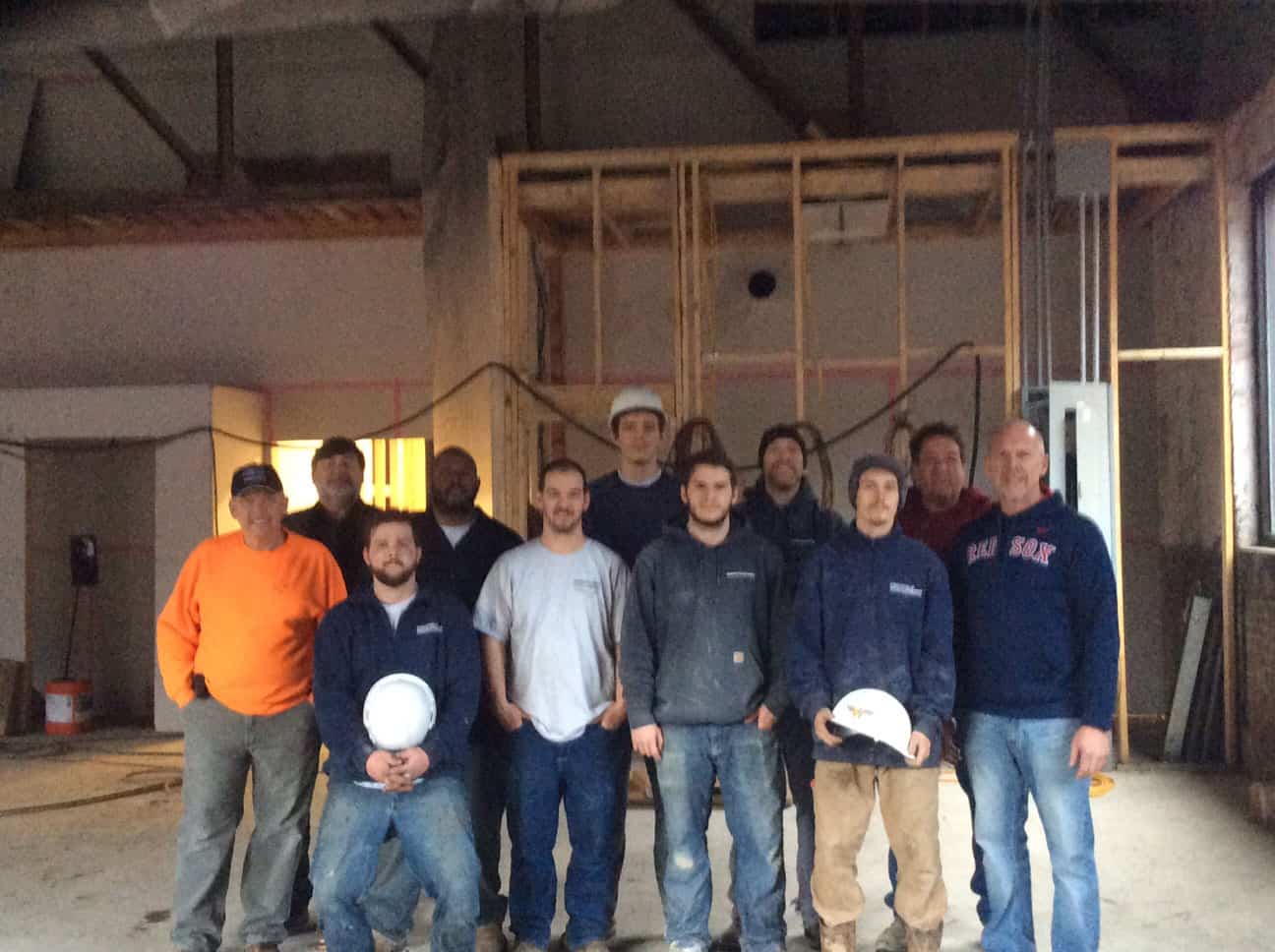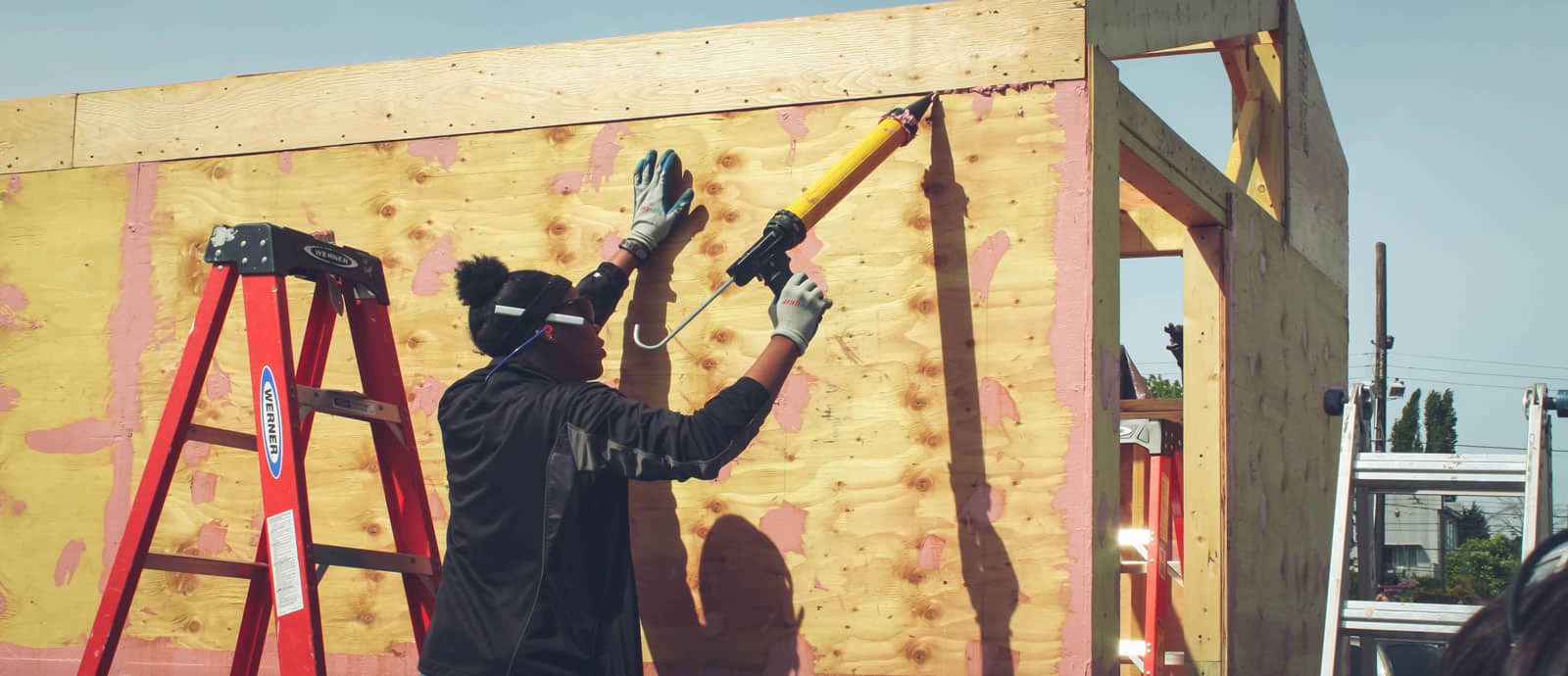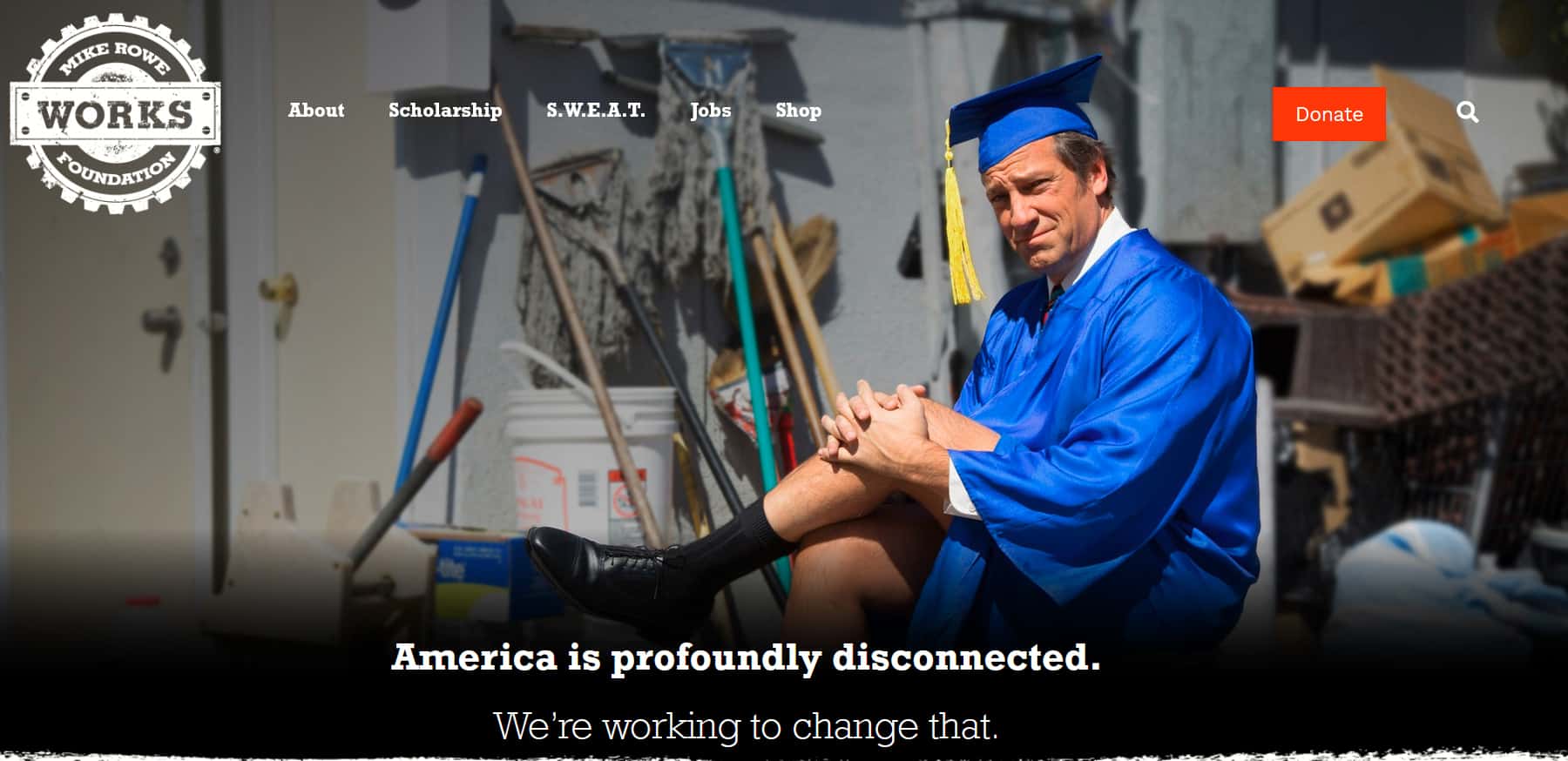
by Kevin Sigourney, Vice President of Brand Integrity
The labor shortage in construction is certainly not a new issue. But many of you can attest that it’s never seemed as critical of a problem as it does today.
There are too many factors and reasons for the “why” of this problem to go into here, and there is no one solution to fix every facet of the issue completely.
I think now is a perfect time to focus on the solutions. Construction is an essential industry during the era of COVID; the labor pool isn’t big enough to meet demand; and construction offers a huge variety of secure, high-paying and rewarding careers that aren’t tethered to unforgiveable student loans and lifelong debt. How do we fill in the gap?
Plenty of organizations have been working to do exactly that. By focusing on providing trade skills through training, these programs accomplish several wins:
1. Give people the tools and skills they need for long-term, gainful employment.
2. Regenerate construction’s labor supply: Regenerative is not just a term for high-performance buildings that generate more energy than they use. This increasingly popular concept in construction promotes “regeneration” as giving back in multiple forms – energy, economy, community, social impact, etc.
3. Start chipping away at the opportunity and wealth gap.
4. Start reversing “brain drain,” the movement of young people out of rural areas because of the lack of opportunity and work.
5. Build structures for communities that need it. Many of these organizations are philanthropic in nature.
It’s promising to see so many resources dedicated to reversing these trends. Here in PROSOCO’s hometown of Lawrence, Kan., Peaslee Technical Training Center is offering free courses in trades to people who have lost their jobs due to COVID and its resulting economic downturn.
All kinds of resources, technical training opportunities, and apprentice programs are available through trade organizations – including but not limited to: International Masonry Institute (IMI), Brick Industry Association (BIA), National Concrete Masonry Association (NCMA), American Society of Concrete Contractors (ASCC).
Here are just a few (out of hundreds) of other organizations doing great work in this arena:
Bridge to Crafts Careers
Bridge to Crafts Careers is a pre-apprentice initiative from the World Monuments Fund and the International Masonry Institute. In 2015, it began a pilot 10-week program for underserved young people to learn and execute masonry preservation and restoration techniques at The Woodlawn Cemetery in the Bronx. The idea later grew to include a similar program at Green-Wood Cemetery in Brooklyn.
“They wanted a way for skilled craftspeople to be trained in masonry restoration so that the construction industry would have an applicant pool of trained individuals ready to work on the thousands of historic structures in need of restoration,” said Neela Wickremesinghe, manager of restoration and preservation at Green-Wood Cemetery.
Program staff from all organizations recruit young people, aged 18-24, from community centers, churches, trade schools, etc., to apply for the paid masonry apprenticeship.
The cemeteries have also partnered with local social services agencies to provide the trainees with educational sessions on financial literacy, communication in the workplace, resume writing, and other life skills. You can read more about Bridge to Craft Careers here.
Warrior Creek Development
Warrior Creek Development is a nonprofit that trains young people in trades as they rehab buildings in Welch, W.Va., and the surrounding community of McDowell County.
Craig Snow, executive director of the organization, started the workforce program in 2015 to rehabilitate homes while also teaching young people trade skills that will give them careers and keep them employed in the region. He uses what he calls a 33-6-3 model, where participants spend 33 hours in the field, six hours in higher-education and three hours of personal development each week.
“We’re hoping to create a healthier source of workers, and one of the things that McDowell County used to be known for was its work ethic,” Snow said. “With the deterioration through drugs and economic downturn, we now are in great need to create a healthy workforce.”
For the participants, many of whom have limited employment options due to struggles with substance abuse and addiction, the program offers a structured work environment and promising futures.
For the community, the program offers rehabilitated homes – something the town desperately needs to attract teachers and other professionals who can’t find decent places to live.
“We’ve got to repopulate the area,” Snow said. “With a shrinking population, you’re going to have a lower tax base. There are people working in McDowell, but without adequate housing stock, they’re commuting in. That doesn’t really impact us as viably as if they were living here, paying taxes, shopping, eating, populating the schools, and populating the youth activities and sports.”
Sawhorse Revolution
Sawhorse Revolution is a nonprofit program in Seattle that pairs professional builders and mentors with diverse and under-privileged high school students in the area. Together, the teams engage in year-round, after-school activities ranging from introductory vocational programs to complete design-build projects.
In 2013, Sawhorse set its sights on designing and building tiny homes that it provided for the local homeless population via a partnership with the Nickelsville Homeless Community.
Mike Rowe WORKS Foundation
One of my favorite projects committed to this cause is the Mike Rowe WORKS Foundation, which the TV host and personality calls a “national PR campaign for skilled labor.” The foundation’s website does an amazing job of making the case for more people to choose construction:
1. The merits of an expensive four-year degree aren’t what they used to be, and it shouldn’t be the only path we encourage young people to pursue. Today, people are working while trying to pay off a total of $1.5 TRILLION in student loan debt.
2. Since the foundation’s inception, it’s given more than $5 million in scholarships to young people to learn trade skills, and in donations to like-minded programs that work to close the skills gap.
3. The website includes a job board with opportunities across all trade specializations, which he titles, “Jobs that actually exist.”
We Built It Together
Making construction a more attractive career choice is one of the primary objectives of PROSOCO’s new project called We Built It Together. This is a platform where we’re sharing stories of people across all roles in construction, with the goal of highlighting the intelligent, creative, progressive minds who have chosen construction as their career paths.
We’d love this campaign to represent all perspectives and ideas in construction, to illuminate the advantages and positive impacts of this industry we’ve all chosen. Participation is easy. Just take a few minutes to submit a comment at the bottom of this page about why you love your job, what advice would you give to a young person just entering construction, or why you love working in construction? Your answer could have a much bigger impact than you imagine.
![]()




